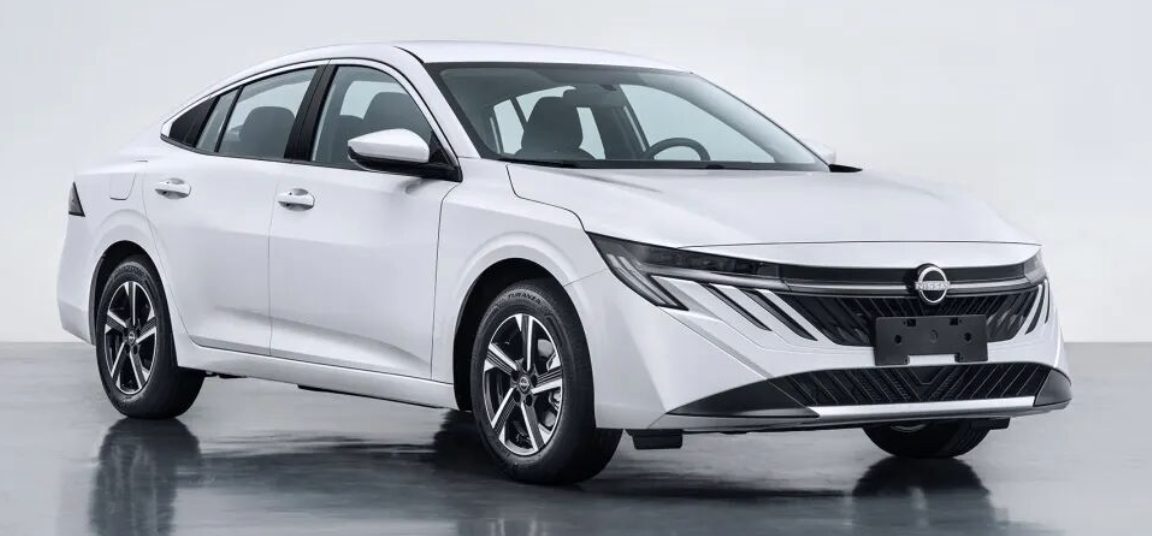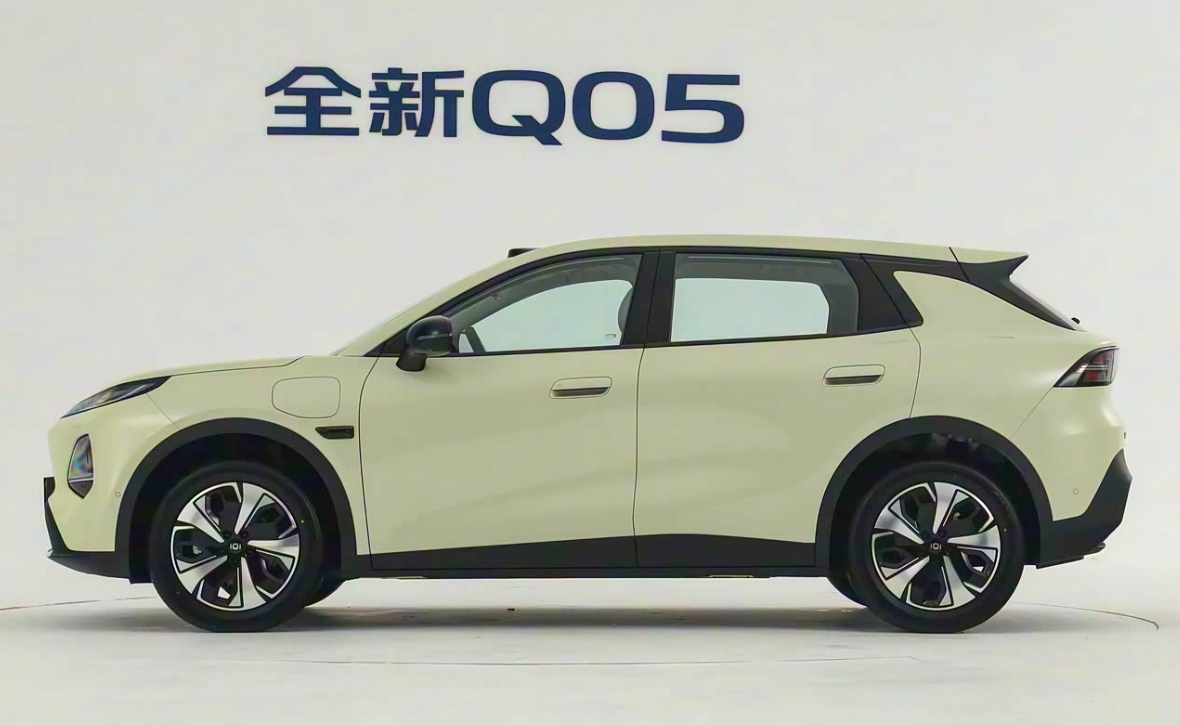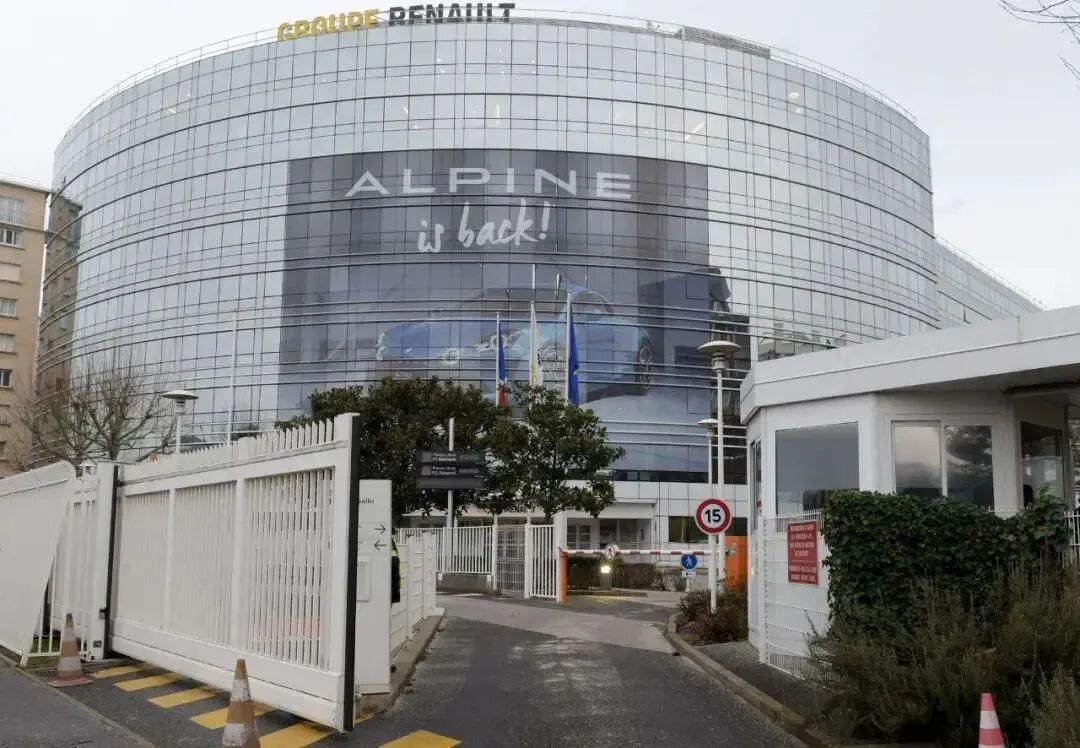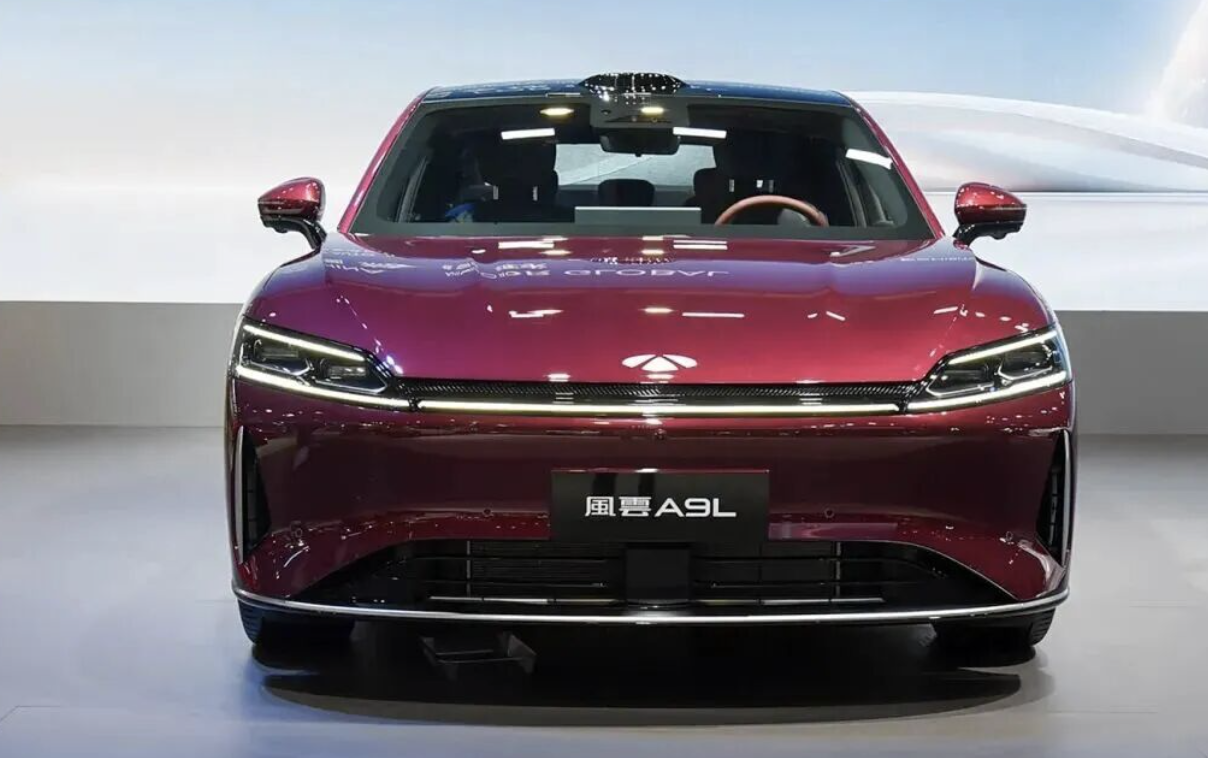On October 14, Nissan China released its latest sales data. According to the figures, Nissan’s China operations — including both passenger cars and light commercial vehicles — sold 61,552 units in September, a slight increase of 0.26% year-on-year compared with 61,395 units in the same period last year. For the first nine months of 2025, cumulative sales reached 457,138 units, down 8.02% year-on-year from 496,998 units in the same period of 2024.
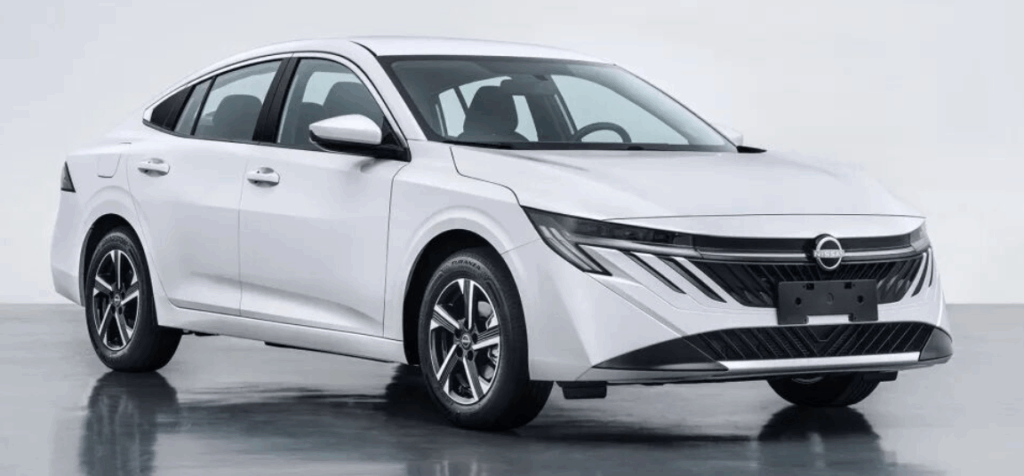
Nissan China: Performance Overview
In detail, Dongfeng Nissan (covering the Nissan, Venucia, and Infiniti brands) sold 57,161 units in September, down 1.00% from 57,741 units a year ago but up 4.64% month-on-month from 54,628 units in August. Among them, the Nissan brand alone contributed 55,110 units, up 4.4% month-on-month.
Breaking it down by model, the Sylphy (轩逸) remains Nissan’s only model in China with retail sales exceeding 10,000 units — 33,323 units in September — showing very strong market performance. The Qashqai and Nissan N7 followed, with 7,380 and 6,410 units sold, respectively. Rounding out the top five were the X-Trail (3,726 units) and Teana (3,563 units).
In short, the Sylphy is currently Nissan’s only true blockbuster model in the Chinese market. The new-generation Sylphy for the domestic market has already had its official and regulatory images released and is scheduled to launch in Q1 2026. The new model features a completely redesigned exterior with a younger and sportier look. Its dimensions are 4,656/1,825/1,448 mm with a 2,712 mm wheelbase — 4 mm longer, 10 mm wider, and 2 mm lower than the current model, while the wheelbase remains unchanged. It continues to use the 1.6L naturally aspirated engine with a maximum output of 99 kW, identical to the current powertrain.
Separately, Nissan also released official images of the new Sentra (the global version of the Sylphy) on September 24. The Sentra adopts the latest V-Motion family design, sharing a very similar appearance with the new China-market Sylphy. It’s powered by a 2.0L engine producing 151 hp and 198 Nm of torque, paired with a CVT transmission. Additionally, the new Teana is expected to be launched in the fourth quarter of this year.
Nissan’s NEV Development
In April, Dongfeng Nissan launched the Nissan N7, priced between 119,900 and 149,900 RMB. It is the first model developed under Nissan’s in-house Tianyuan architecture, designed specifically for mainstream family users. The N7 is equipped with a single-motor powertrain offering 160 kW or 200 kW of output, and comes with 58 kWh and 73 kWh LFP battery options.
Retail data shows that as of the end of September, cumulative sales of the N7 since launch reached 32,901 units — a respectable figure for a brand-new joint-venture pure electric sedan.
Dongfeng Nissan’s second NEV strategic model and first plug-in hybrid model, the Nissan N6, has also completed regulatory filings and will debut in Q4 2025. The N6 adopts a similar design language to the N7 and is positioned as a mid-size plug-in hybrid sedan. It uses a system combining a 1.5L naturally aspirated engine (model NR15) produced by Dongfeng Motor Co., Ltd. with a 155 kW electric motor, while the engine itself produces 75 kW.
Honda China: September Sales Performance
On the same day, Honda China also released its latest sales report. In September 2025, Honda’s retail sales in China totaled 54,500 units, down 13.08% year-on-year. For the January–September period, cumulative retail sales stood at 467,900 units, a decline of 20.46% year-on-year.
Among specific models, Honda’s top three sellers in September were the CR-V (14,300 units), Accord (13,200 units), and Breeze (9,954 units). The Inspire and Civic followed with 5,153 and 4,035 units, respectively.
In the pure EV segment, Honda currently sells the e:NS1, e:NS2 (Lingguang), e:NP1 (Jipai 1), e:NP2 (Jipai 2), GAC Honda P7, and Dongfeng Honda S7. In September, sales were modest: 735 units for the e:NP2, 400 for the S7, 196 for the P7, and 186 for the e:NS2.
Market Context and Outlook
It’s undeniable that in the era of internal combustion engines, Japanese brands such as Honda and Nissan enjoyed strong popularity in China — with many models regularly achieving monthly sales exceeding 10,000 units. However, with the rapid rise of high-end intelligent EV brands like Li Auto and AITO (Wenjie), and the increasingly fierce competition in the NEV market, the market share of traditional fuel vehicles has been sharply eroded, leading to declining sales for Japanese automakers.
Overall, brands like Honda and Nissan still rely heavily on fuel-powered models for most of their sales. Yet, amid China’s booming new energy vehicle landscape, Japanese automakers now face significant pressure to accelerate their electrification transition. How to rapidly develop competitive NEV products has become the most urgent challenge for them today.
